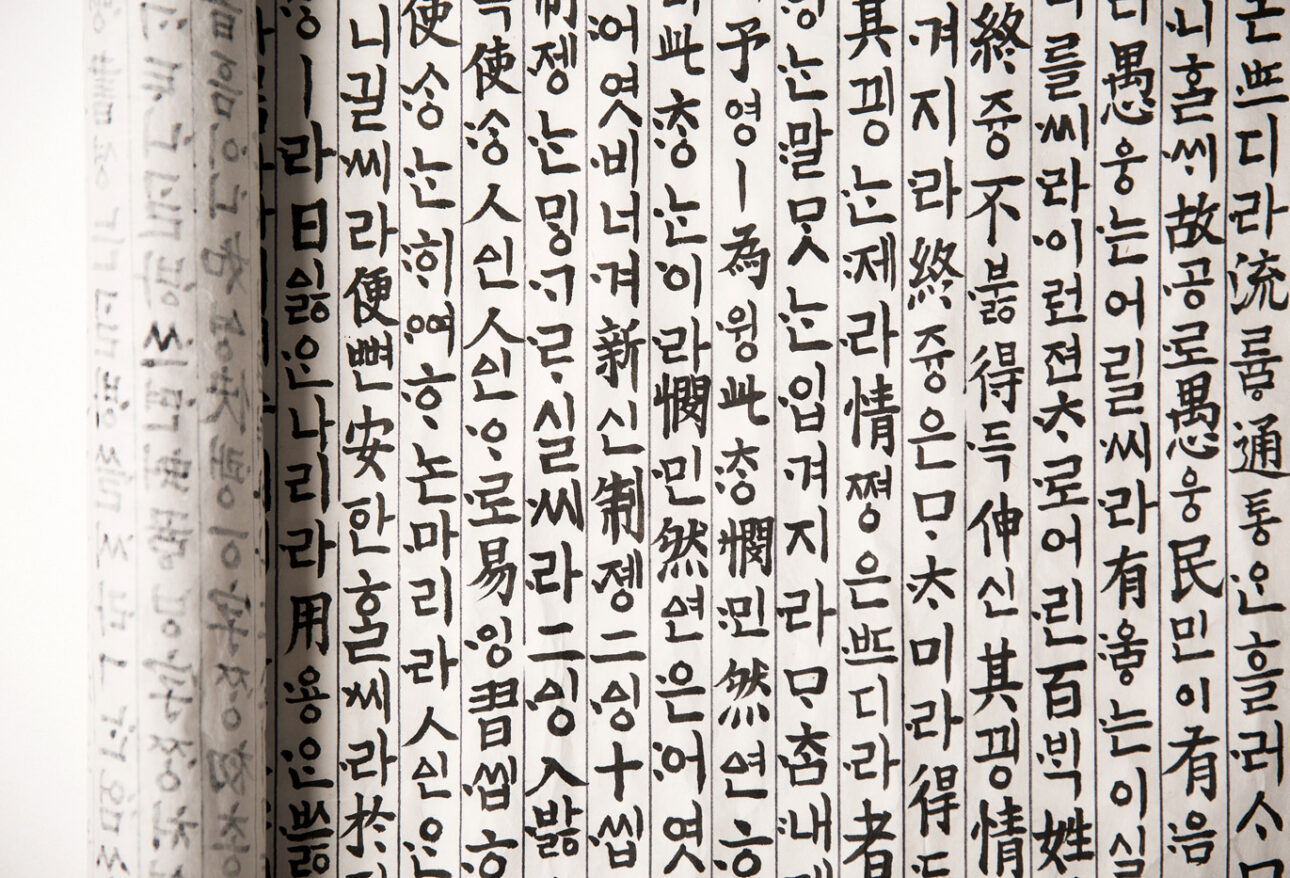For thousands of years, Chinese calligraphy has been an integral part of Chinese culture and art. This ancient form of writing is not only a means of communication but also a form of artistic expression that reflects the beauty and complexity of the Chinese language. From its rich history and symbolism to its different styles and techniques, Chinese calligraphy offers a glimpse into the heart and soul of Chinese culture.
The Origins and History of Chinese Calligraphy
Chinese calligraphy is one of the oldest and most revered art forms in the world. Its roots can be traced back to the Shang dynasty (16th to 11th century BCE), when the earliest form of Chinese writing, known as oracle bone script, was used to inscribe divinatory messages on animal bones and tortoise shells.
Over time, this script evolved into various forms, including seal script, clerical script, cursive script, and regular script, each with its own unique characteristics and style. Calligraphy was not only used for communication but also for artistic expression, and it soon became an essential part of Chinese culture and civilization.
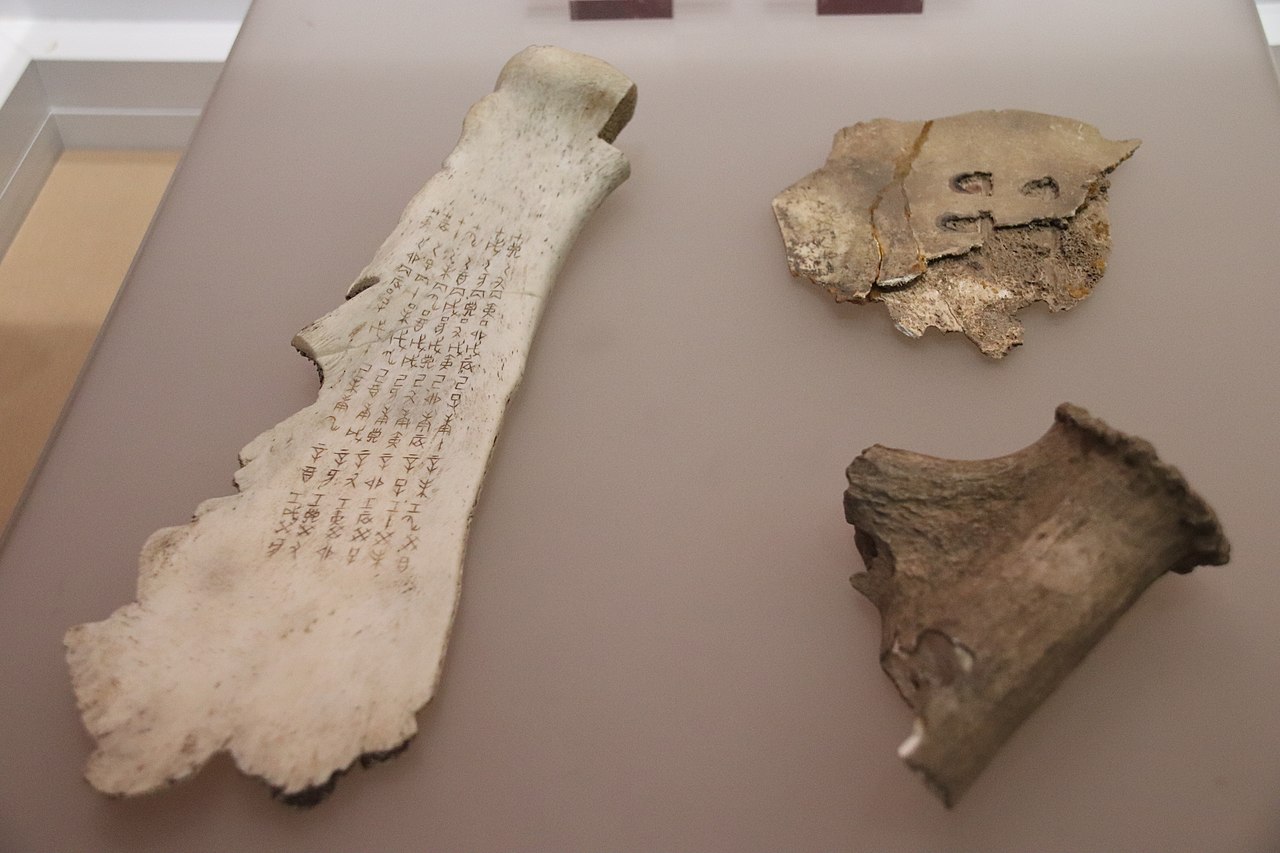
The Symbolism of Chinese Calligraphy
Chinese calligraphy is not just a means of communication, but also a form of artistic expression that conveys deep cultural and philosophical meanings. The characters and strokes used in calligraphy are imbued with symbolic significance, reflecting the values, beliefs, and aspirations of Chinese society. For example, the stroke for “water” is associated with the concept of flow and change, while the stroke for “fire” represents the idea of energy and passion. The art of calligraphy is also deeply connected to Chinese philosophy, such as Taoism and Confucianism, which emphasize harmony, balance, and self-cultivation.
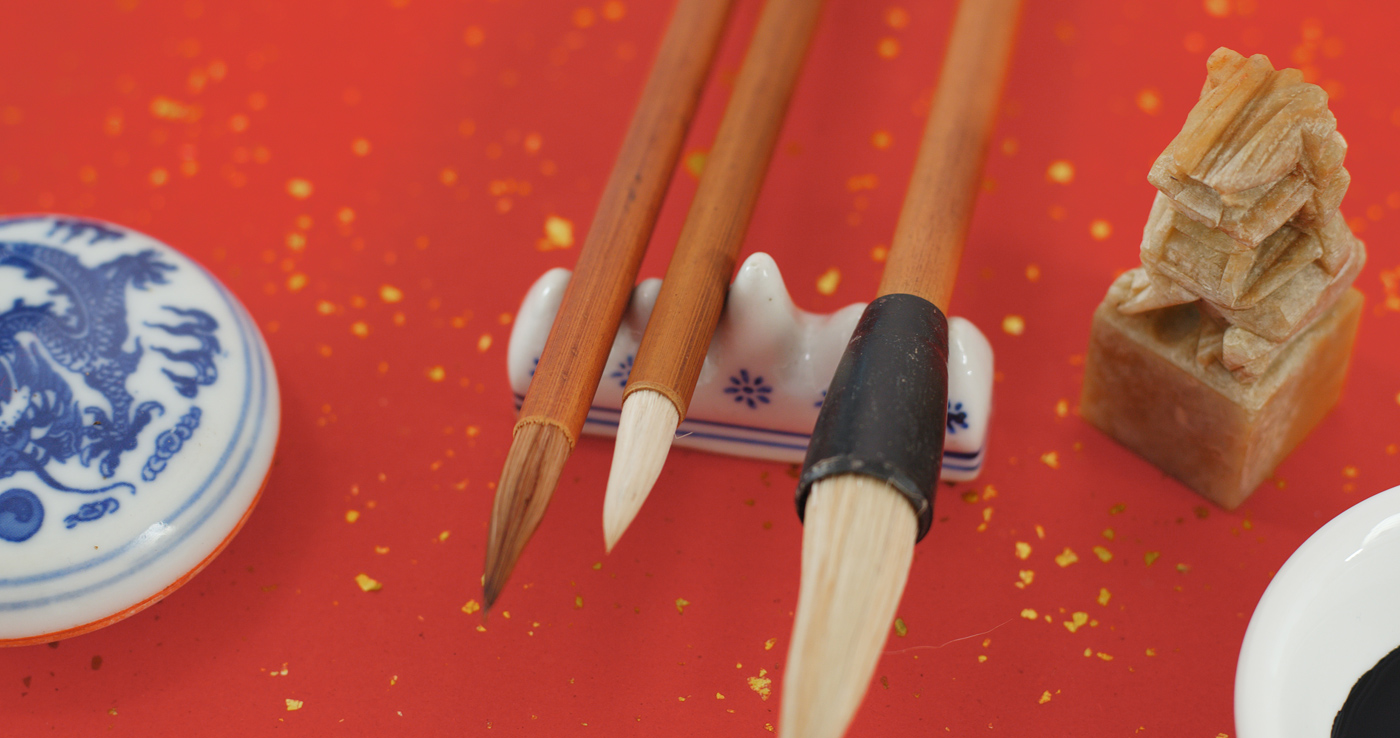
Different Styles of Chinese Calligraphy
There are many different styles of Chinese calligraphy, each with its own unique features and characteristics:
- Seal Script: the oldest form of Chinese calligraphy, characterized by its rectangular shape and carved seal-like appearance
- Clerical Script: a more flowing and cursive style, commonly used for official documents and historical records
- Regular Script: the most widely used form of calligraphy, featuring evenly spaced and proportioned characters
- Running Script: a more casual and free-flowing style, often used in personal letters and correspondence
- Grass Script: a highly stylized and artistic form of calligraphy, characterized by its curved and flowing strokes
- Semi-cursive Script: a hybrid style that combines elements of running and regular script, featuring a mix of curved and straight lines.
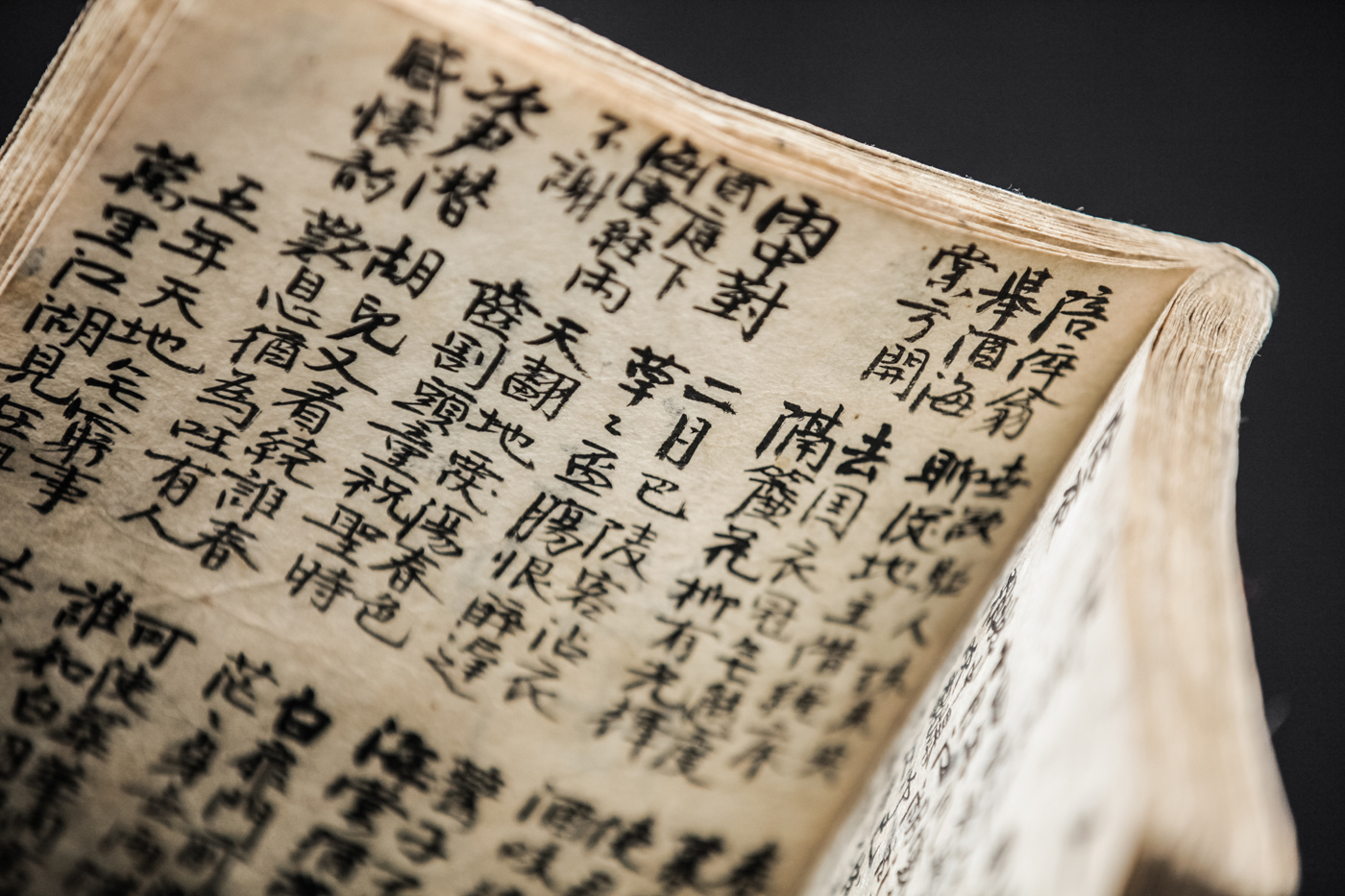
Each style of calligraphy requires a different level of skill and technique, and each has its own artistic value and significance. Calligraphers often spend years or even decades mastering a particular style of calligraphy, developing their own unique approach and aesthetic.
The Art of Chinese Calligraphy
Practicing Chinese calligraphy is not just a technical skill, but also an art form that requires patience, discipline, and creativity. To practice calligraphy, one needs to have the right tools and materials, including a brush, ink, and paper.
Calligraphers must also develop a deep understanding of the structure and meaning of Chinese characters, as well as the different styles and techniques of calligraphy. Whether practicing on their own or in a calligraphy class, beginners can start by mastering basic brush strokes and gradually building their skills and confidence.
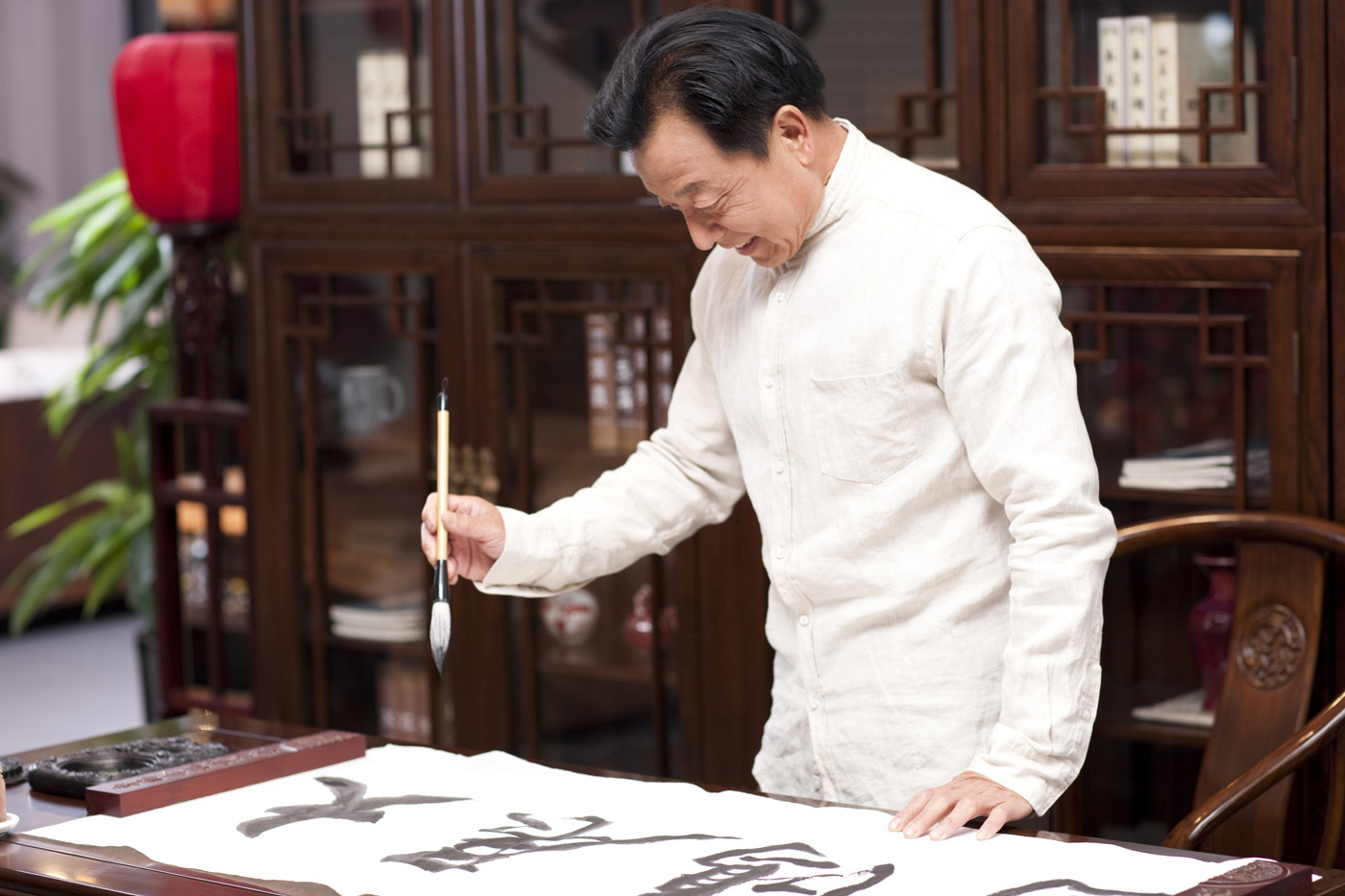
Famous Chinese Calligraphers and their Works
Chinese calligraphy has produced many famous and influential calligraphers throughout history, whose works continue to inspire and influence artists and calligraphers today. Wang Xizhi, known as the Sage of Calligraphy, is perhaps the most famous calligrapher in Chinese history, and his masterpiece, the “Preface to the Poems Composed at the Orchid Pavilion,” is considered one of the greatest works of calligraphy ever created.
Other famous calligraphers include Su Shi, who was known for his cursive script and literary achievements, and Ouyang Xun, who was famous for his clerical script and political influence.
Calligraphy in Modern China
Despite being an ancient art form, Chinese calligraphy continues to thrive in modern China, where it is revered as a national treasure and cultural symbol. In fact, calligraphy remains an integral part of daily life in China, and it can be seen everywhere from official documents and street signs to advertisements and packaging.

In recent years, there has been a resurgence of interest in calligraphy among young people in China, who see it as a way to connect with their cultural heritage and express their creativity. Calligraphy clubs and classes have become popular at universities and community centers, where students can learn the basics of calligraphy and practice their skills with other enthusiasts.
In addition to being a popular hobby, calligraphy is also a professional pursuit for many Chinese calligraphers, who make a living creating works of art for individuals, businesses, and institutions. Calligraphy is often used in branding and marketing, as well as in interior design and fashion.
One notable trend in modern Chinese calligraphy is the fusion of traditional and contemporary styles, which has led to the creation of new forms and techniques. Some calligraphers combine traditional Chinese characters with Western elements, such as graffiti and street art, to create bold and dynamic works that appeal to younger audiences. Others experiment with new materials and tools, such as digital tablets and laser cutters, to create innovative and avant-garde works.
Despite these innovations, however, traditional Chinese calligraphy remains deeply rooted in Chinese culture and history. The beauty and elegance of calligraphy continue to inspire and captivate people around the world, and its significance and symbolism endure to this day.

